In pictures: Perc's bedroom studio
The techno producer talks synths, gizmos and software
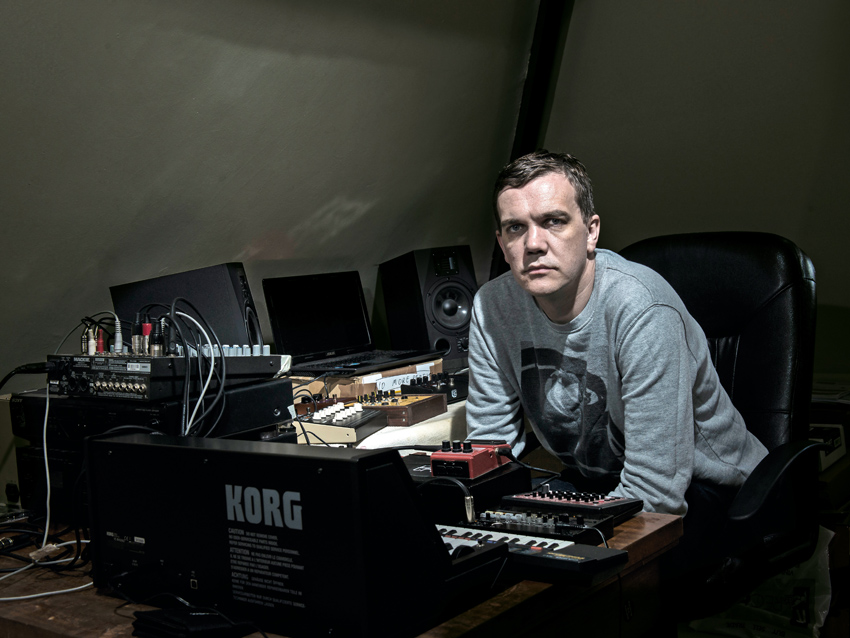
Welcome
Since setting up his Perc Trax label in 2004, Ali Wells, aka Perc, has earned a reputation as one of the UK’s finest purveyors of dark, mesmeric techno.
His 2011 debut album, Wicker & Steel, gained him numerous plaudits and converts well beyond the usual underground techno circles, establishing Wells as an in-demand remixer, DJ and live performer in the process.
Meanwhile, this year’s stunning, politically-charged follow-up The Power and the Glory has cemented his reputation as one of the most exciting names in British dance music.
With the album’s worldwide tour and various launch parties all but dispensed with, Future Music made the trek up to a leafy part of North London to meet Ali in his studio and discuss its contents.
NEXT: Ableton Live
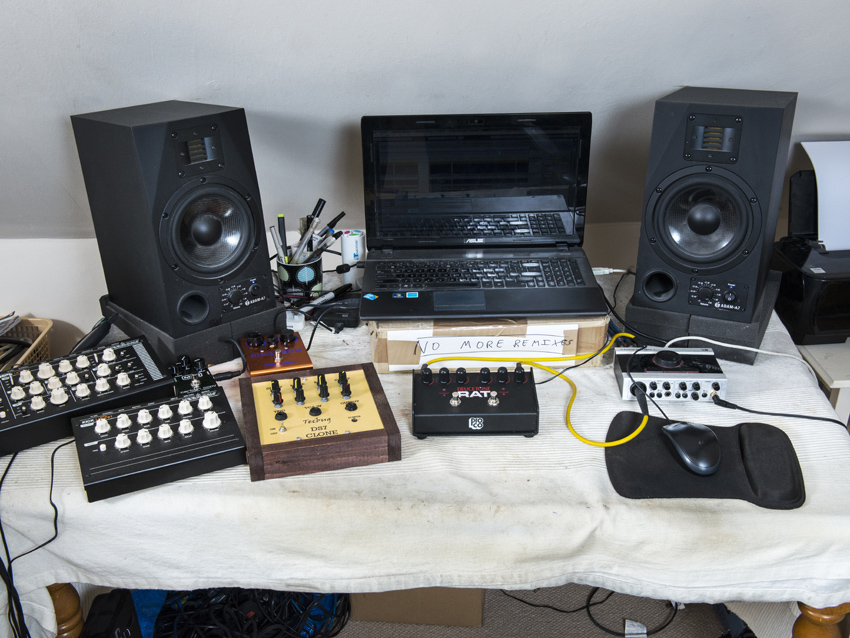
Ableton Live
“I don’t know why I chose Ableton. I think maybe the interface looked the friendliest to me. I think the first version I was on was probably 4 or 5, and it’s been the hub of what I do for quite a while now.”
“I recently tried Bitwig Studio and I did like it, but when you’ve spent years with one program then it’s really hard to change over. It feels a bit like you’re limping again and your workflow slows down.”
NEXT: Maplin Echorder EC444
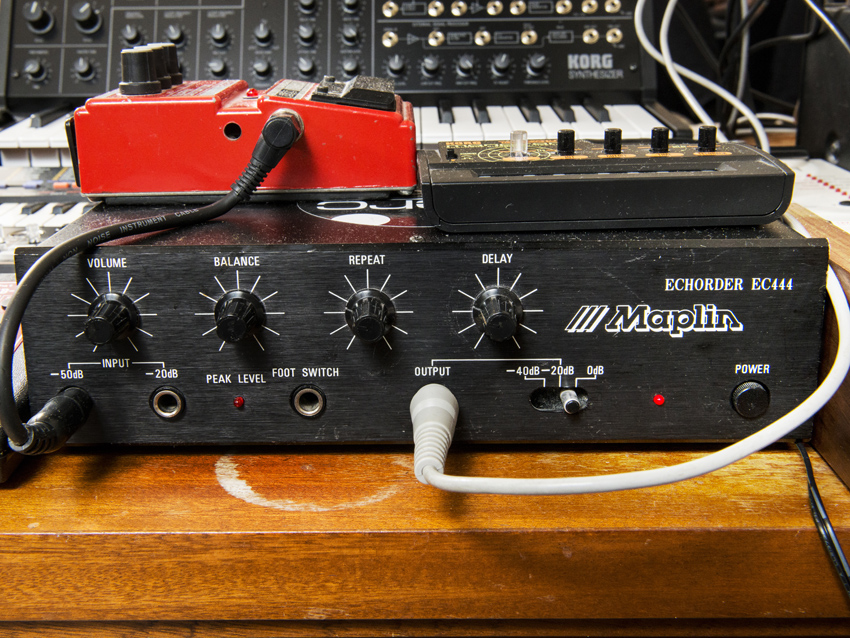
Maplin Echorder EC444
“Going back in time, the Maplin Echorder is a classic bucket-brigade analogue delay. It’s over 20 years old and it was the first bit of equipment I ever had back when I used to sing in an indie band.
“I’ve always preferred analogue delays to digital or tape delays. I love this Maplin one: it’s instant, lo-fi, and great on drums. You crank up the feedback and it goes into self-oscillation; then you can tweak the delay time and all sorts of stupid noises come out of it. It’s got quite a range of input levels so you can actually distort it and get it quite grungy and dirty.”
NEXT: Jomox Mbase 11 and Mbrane 11
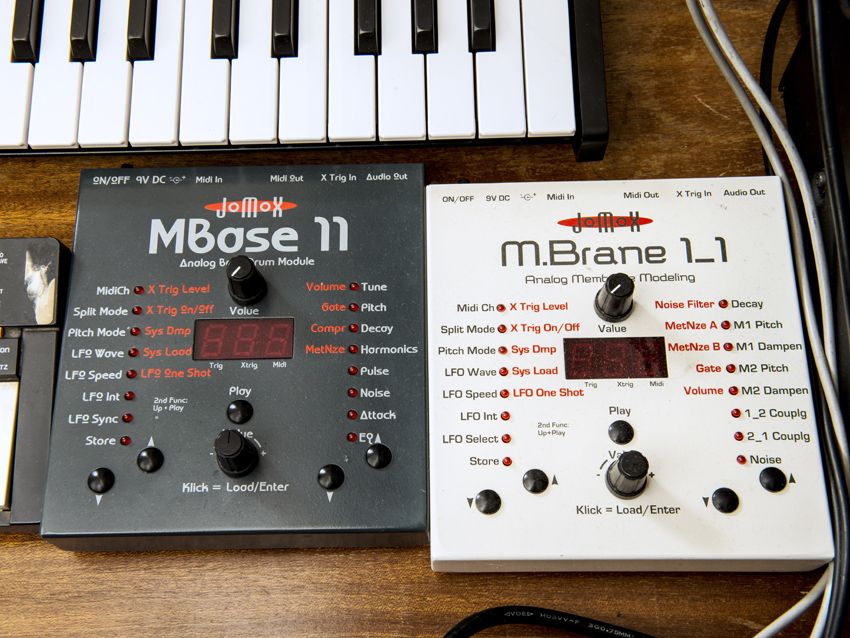
Jomox Mbase 11 and Mbrane 11
“The Jomox MBase 11 is just incredible. For a long time it was my main kick drum synth. It’s only one knob for a whole bunch of parameters, so you’re stepping through menus and parameters quite a lot, but once you get the hang of it it’s pretty quick. There’s a panel for programming it in Max for Live but I generally just use the hands-on approach with it.
“Straight out of the box [the Mbrane 11] has a very clicky, minimal sound, but through distortion, particularly analogue distortion, it really comes alive.”
NEXT: DOD Supra Distortion
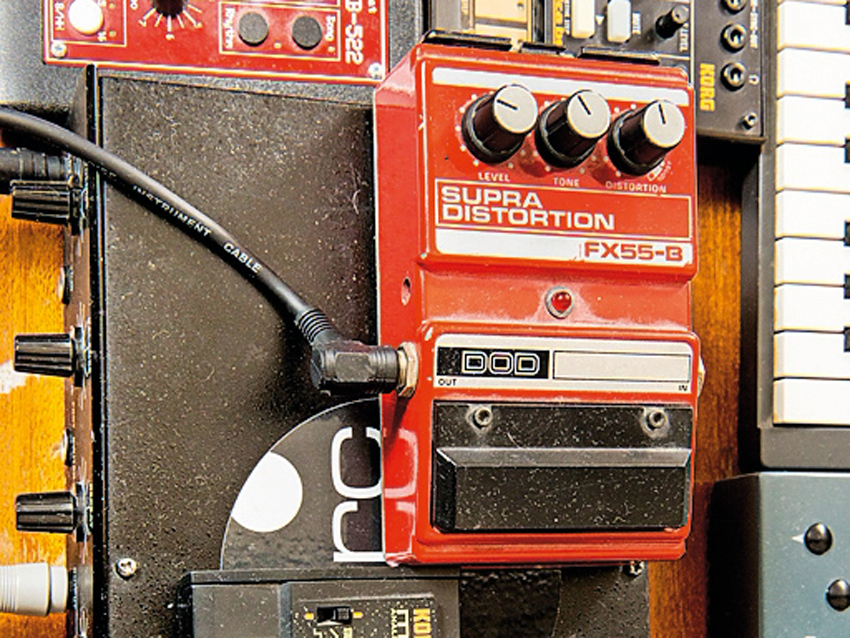
DOD Supra Distortion
“The DoD Supra Distortion is something I’ve had for a long time. I don’t use it so much for putting signals through, but if you plug the output to something then run a cable into the input with nothing on the other end of the cable but just move your finger over it, then you get this ground/earth hum sort of distortion.
“If you then crank the distortion up to full you can get a really high-pitched, whining noise that can be tuned using the tone control. The new Perc & Truss record has that sound all over it. It almost sounds like feedback, but it’s a little bit more controllable.”
NEXT: MXR Carbon Copy
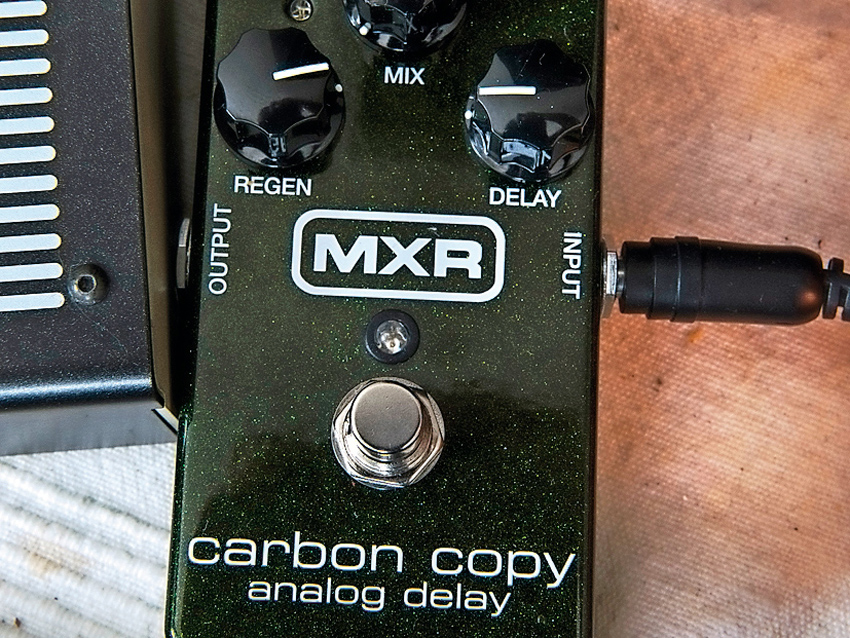
MXR Carbon Copy
“Recently I got a MXR Carbon Copy, which is really good. I have the analogue delay from Maplin, but the MXR is like a 20-year later version with a slightly cleaner sound. If you crank up the regeneration and delay then all sorts of whooshy feedback noises come out of it.”
NEXT: Deucetone RAT
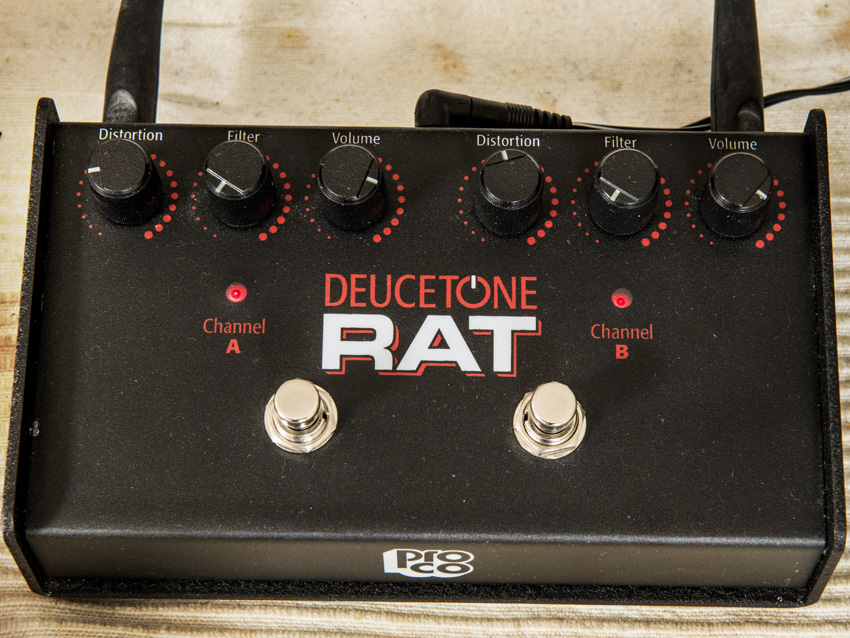
Deucetone RAT
“The Deucetone RAT is my ‘go to’ distortion because if you match the controls then you can just about work it as a stereo distortion. The killer thing for me with it is that the two channels can be linked so, effectively, you then have two RAT pedals.”
NEXT: Audio interface
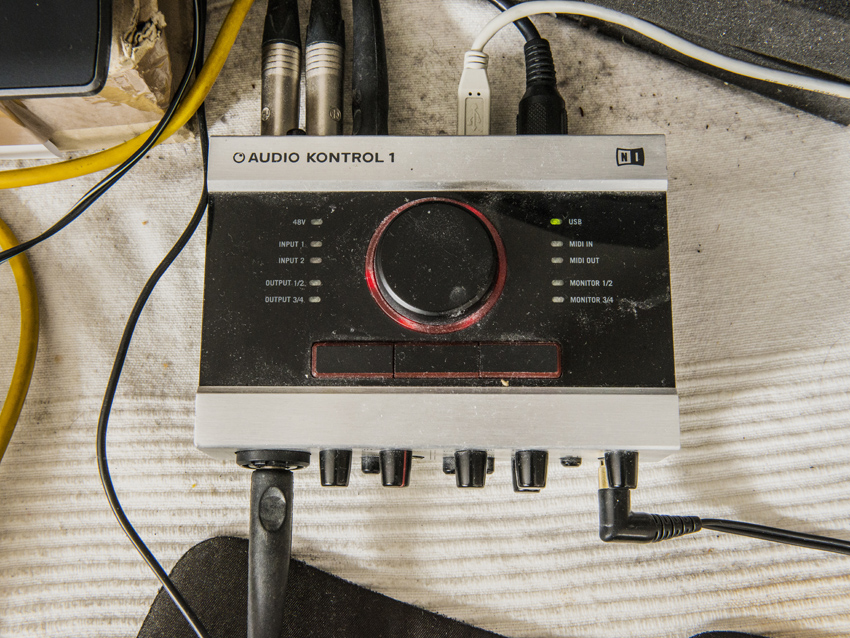
Audio interface
“A lot of the album was done on the Native Instruments Audio Kontrol 1,which isn’t the highest spec interface out there, but it’s worked for me. I know this room fairly well now, and I often go to a bigger studio in South London to mix the albums and the higher-profile remixes.”
NEXT: Korg MS-20 mini
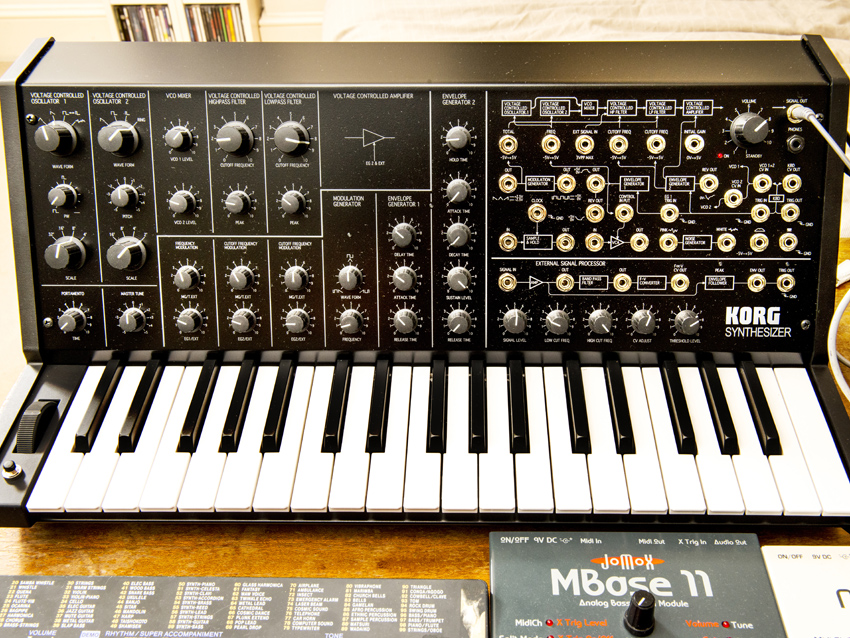
Korg MS-20 mini
“It’s fairly new and it came after the album, so I’m just getting my head around it. I actually used the original MS-20 at university years ago, so the knowledge is there in my head, but maybe a little bit dusty!
“Now the album and tour are coming to an end, it’s time to get onto the MS-20 mini and work with it a bit more - especially the external signal processing, which is probably more interesting to me than the oscillator/synth side of it.”
NEXT: Soulsby Atmegatron
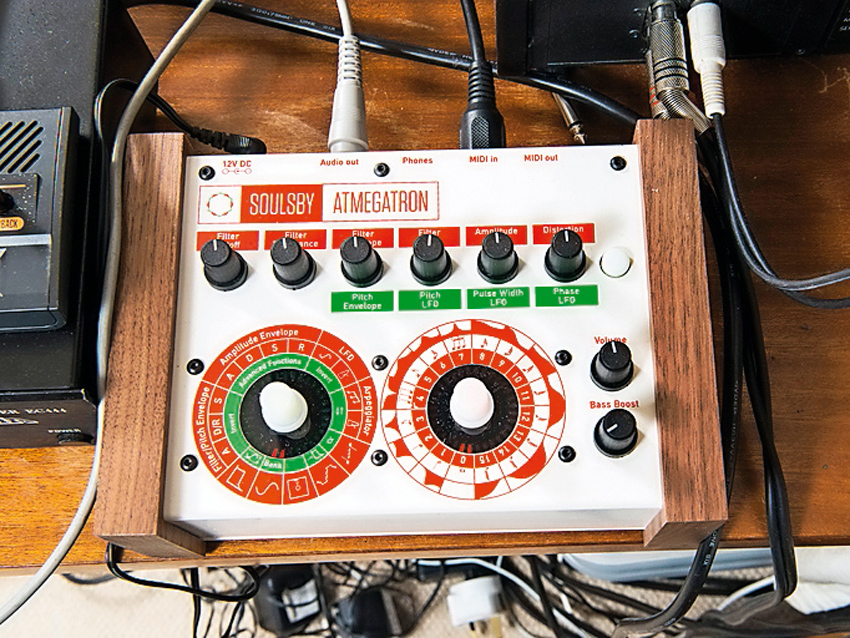
Soulsby Atmegatron
“I’ve wanted an 8-bit, chiptune synth for a while, and the Atmegatron fits the bill. It’s pretty nasty, and it’s nice to have a synth that pretty much does what I want it to straight out of the box, other than a bit of EQing.
“The fact that you can load other machines into it is really interesting. There’s a wavetable and pseudo polysynth for it as well as a drum machine. That idea of it being able to be multiple instruments in one box is fascinating.
“I’ve ordered the special cable you need, and when that comes I can load up the drum machine software. It’s cheap enough and small enough to take out live, too, and it’s very sturdily built. Obviously, it was £300, so you wouldn’t want it getting smashed, but it wouldn’t be the end of the world like if you were taking a big synth out.”
NEXT: Casio SA-1
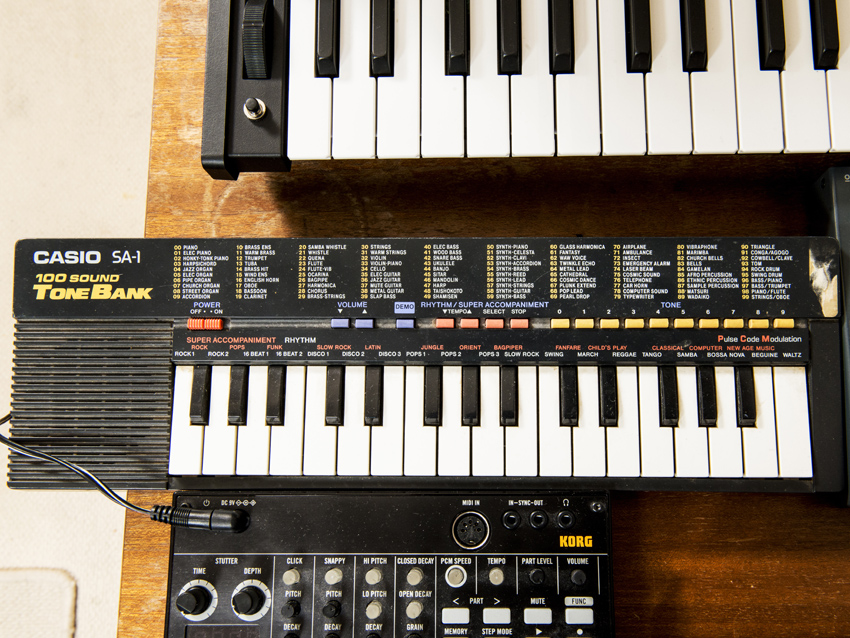
Casio SA-1
”This is nicked from an ex-girlfriend. It’s great - there’s nothing you can do with it in terms of editing, but it has 100 grungy little sounds ready to run through an analogue delay or distortion pedal.”
NEXT: Korg Volca Beats
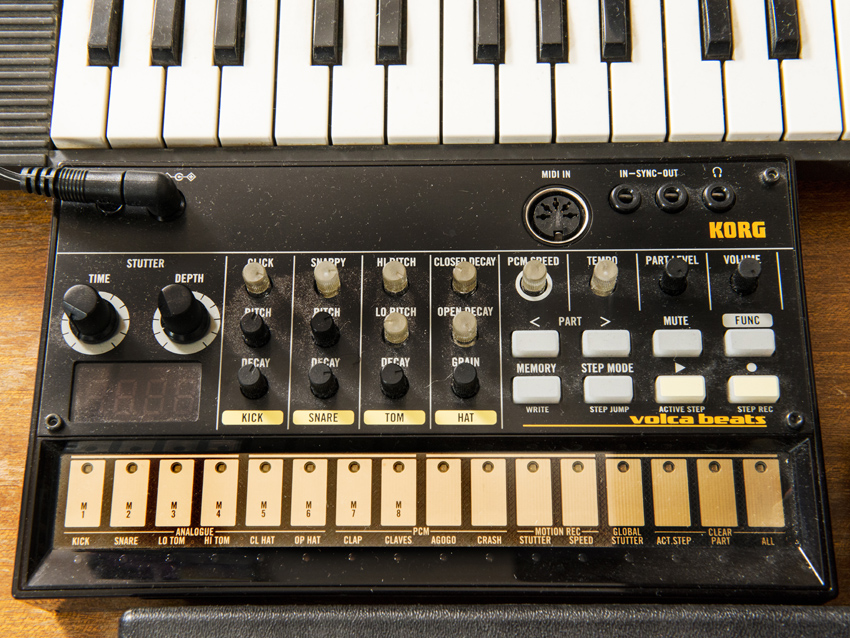
Korg Volca Beats
“It’s a mixed bag the Volca Beats. The kick’s great, the hi-hats are great, and I quite like the grungy PCM samples, but the snares and the toms aren’t really that great.”
NEXT: MFB 522
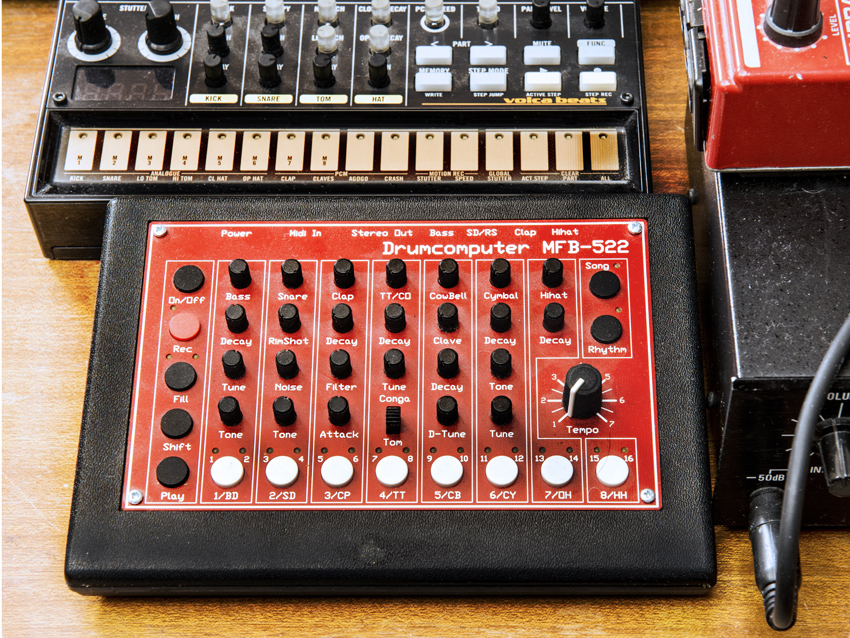
MFB 522
“Pretty much a workhorse on the album. The kick drum, for the size of the box, is pretty hefty. I love it.”
NEXT: Retroverb Lancet
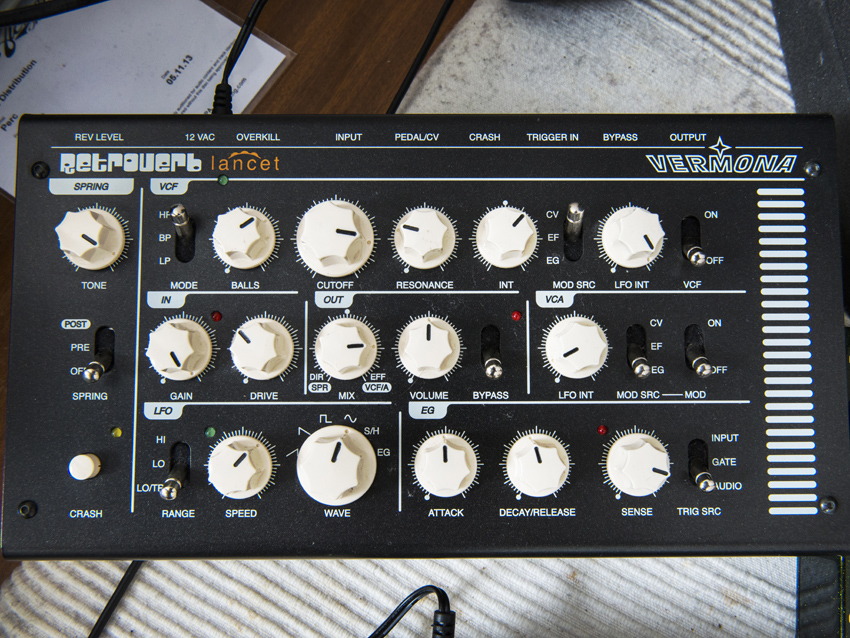
Retroverb Lancet
“It’s always nice to have a real spring reverb. I do use some plugin reverbs, but having a hardware one is really nice. You can drop the reverb out of it and just use it as a multi-mode filter, too.”
NEXT: Tecbug DS7 clone
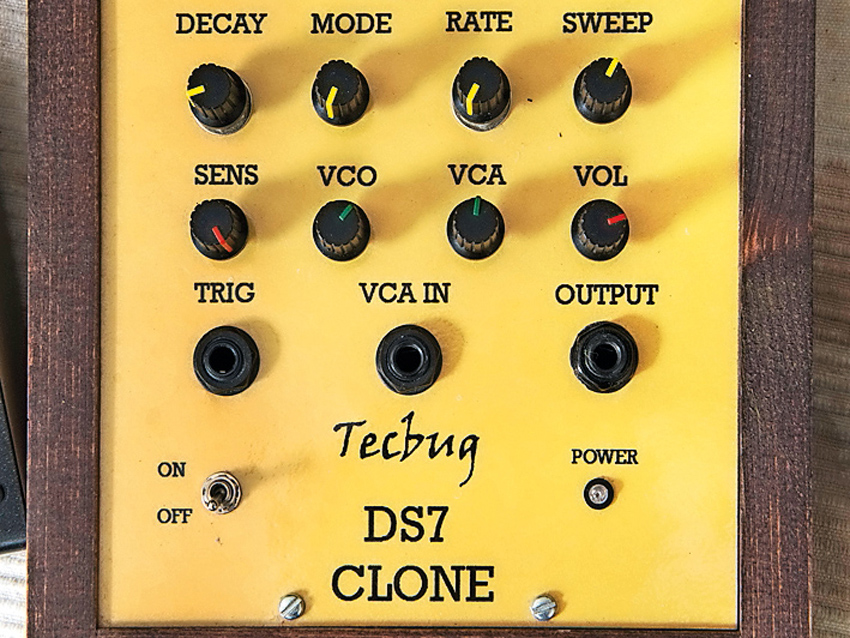
Tecbug DS7 clone
“This is a boutique drum synth, I’m not sure if it’s ever worked properly, but it’s interesting and you can get nice synth toms out if it.”
NEXT: Plugins
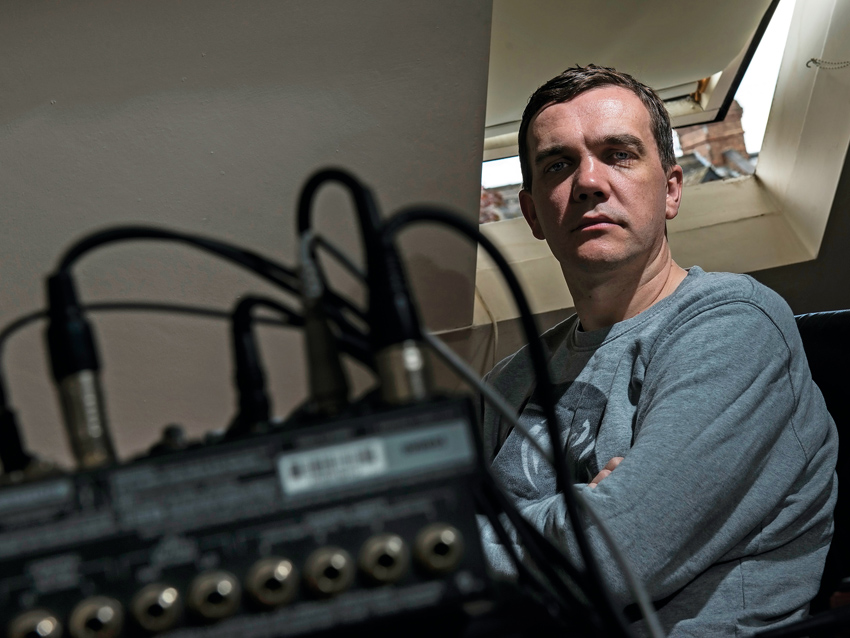
Plugins
“I have been using the FXpansion plugins - Bloom, Etch and especially Maul, which is probably the one that gets the most use.
“The Kjaerhus Audio MPL-1 is a limiter I’ve been using for years. I know that the Waves limiters are pretty much industry-standard now, but that term, ‘industry-standard’, often turns me off.
“D16’s Devastor and Decimort are great for mangling and bit-crushing, and I do use the D16 drum machines - Nithonat, Drumazon and the Nepheton, which I turn to if I want Roland-sounding drum samples.”

Future Music is the number one magazine for today's producers. Packed with technique and technology we'll help you make great new music. All-access artist interviews, in-depth gear reviews, essential production tutorials and much more. Every marvellous monthly edition features reliable reviews of the latest and greatest hardware and software technology and techniques, unparalleled advice, in-depth interviews, sensational free samples and so much more to improve the experience and outcome of your music-making.











